
19th, 20th & 21st Century Fine Prints
707-546-7352 · fax 707-546-7924 · web: www.annexgalleries.com · email: artannex@aol.com
15 Japanese Woodcuts by Multiple Artists
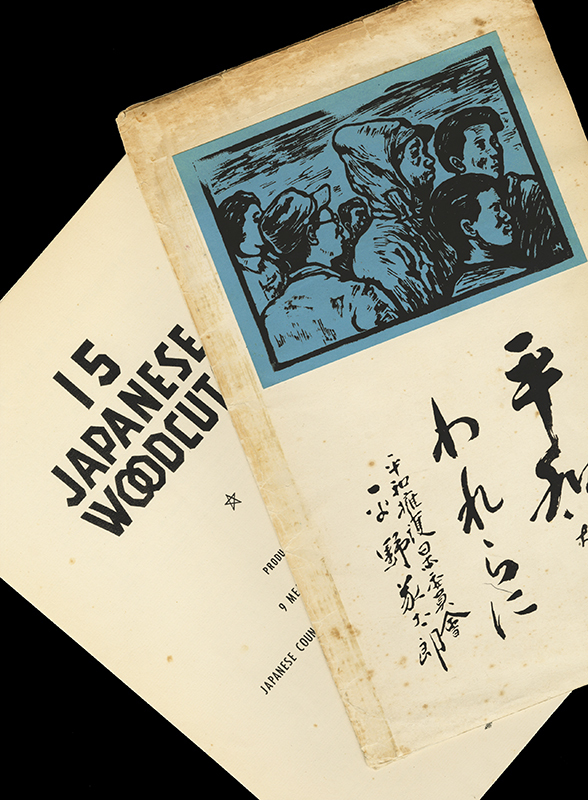



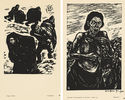

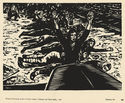
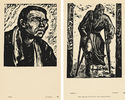



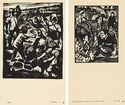
15 Japanese Woodcuts
Multiple Artists
15 Japanese Woodcuts
These works are referred to as "Keikatsu Hanga" (living graphic art) or "Jimmin Hanga" (people's graphic art). Each of the artists, themselves laborers and factory workers, illustrates moments in the lives of everyday working people.
A the time of this portfolio's publishing in 1952, many working class Japanese citizens suffered at the hands of governmental persecution as a result of their perceived "anti-Japan" activities - similar to the US's McCarthyism. The Nisei Progressives party of the United States decided to publish this portfolio so as to bring awareness to their plight and strengthen US-Japan relations via art.
From the Densho Encyclopedia (dedicated to telling the history of the Japanese American experience): '...The Nisei Progressives advocated reparations for Japanese Americans who were put into United States concentration camps during World War II, citizenship and naturalization rights, repeal of the anti-miscegenation and alien land laws, elimination of housing discrimination, commercial fishing rights, and a ban on nuclear weapons, all of which were added to the platform of the national Progressive Party in 1948. These ideas were radical for their time, when Japanese Americans were just beginning to rebuild their lives after spending the war in camps, and the nation, as a whole, was headed towards a Cold War and McCarthyism. At its height, the Nisei for Wallace/Nisei Progressives numbered about 200 members with chapters in Los Angeles, San Francisco, Chicago, and New York.'










